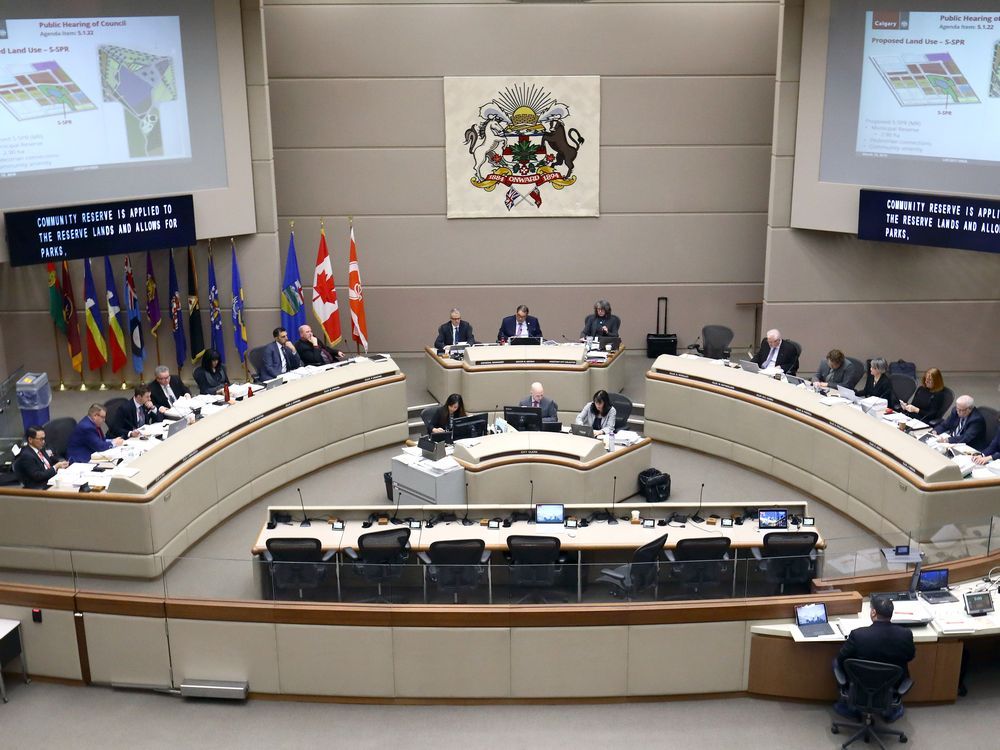Especially strange given that the City
just wrapped up their budget process in late 2018. I guess some projects don't need the kind of transparency to be included in the same list as the rest. How they are being funded - both what public money and what private money - is also totally unknown (matching funds, private contribution, Flames share etc.) Smells suspiciously like a Olympic-bid (sans Olympics).
Put another way: what exactly is being funded? There are soo many questions outstanding on a casual allocation of $1.5 billion of public money.
- Arena is a sketch at CMLC so far, with few public details besides the location available (we don't know the size, orientation or whether a $700 million or $500 million version was considered. No details.
- BMO Centre has some renderings and some details released. At least it's been quasi-publicly worked on for a while
- Art Commons (Phase 1): high level plan has been in place for a while, but no public discussion / alternatives seems to have been considered (e.g. break-up Arts Commons in several arts hubs etc.)
- Field House: worked on indefinitely with multiple "detail-lite" concepts over the years. As far as I can tell they haven't even publicly confirmed a location, let alone a size.
I get the idea why politicians do this: regular process is slow, these are big/complex things, they want to see results, want to have ribbon cuttings. All these projects are needed (IMO) and what little is publicly known so far is promising on some of these. But ignoring the regular process is how you get highly variable outcomes, including terrible ones, because no one is accountable and the public interest isn't explicitly explored out in open. It's this kind of approach that can produce decisions to widen highways through inner city neighbourhoods or allow contractors/developers/sports teams to run-roughshod over existing plans and budgets.
Not that this needs to be doom and gloom. It is exciting to see such movement on these big ideas. Big ideas need bold approaches for sure. But public processes and transparency in decision-making exists for a reason. I hope we will not be too surprised if one (or more than one) of these projects under-performs. Imagine if the Green Line was planned this way with no public input.... we could have saved some money on consulting and open houses, but we wouldn't have ended up with a downtown tunnel.






